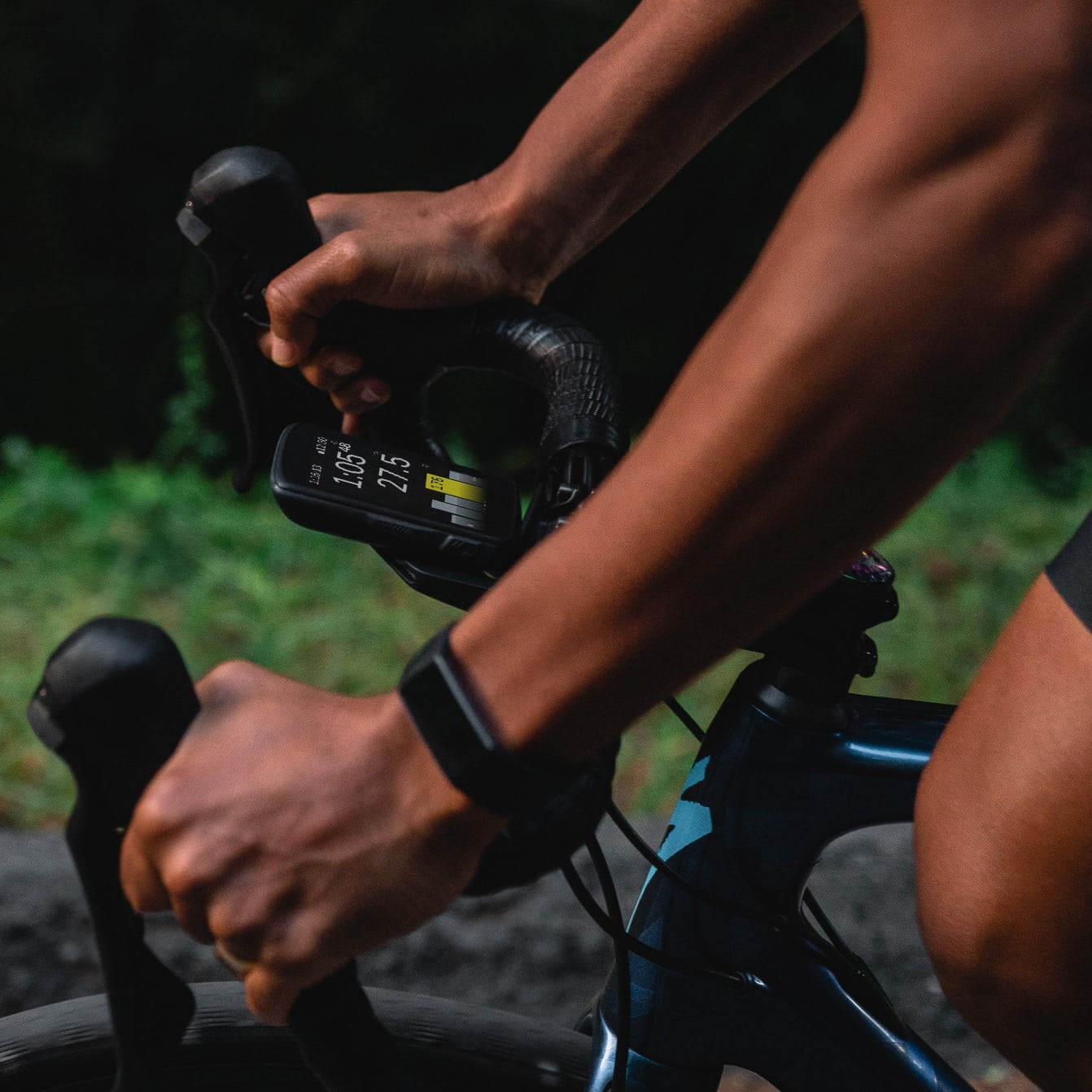By: Jess Braun
In the product world, companies tend to release updates and new models sparsely. And it makes sense. A product is made available to customers, those buyers give feedback, which is collected to inform the next major offering. What if, instead, companies made small, sometimes seemingly unnoticeable changes? That’s what Hammerhead does. It’s intentionally invisible, easily interactive, and ultimately achieved when research, strategy, technology, and user experience collaborate to simplify the complex and make the lives of our users easier in a way none of our competitors can match.
Like all products, the initial idea comes from creating a solution for a particular customer base. In our case, that’s cycling. From our own experiences, we were frustrated that the digital technology in cycling was still so far behind the material technology. Bikes used in competitive cycling boast carbon fiber, titanium, and technological advancements and are tested in wind tunnel and aerodynamic settings. By contrast, traditional cycling computers are far behind other consumer technologies, adapted from a paradigm built for car GPS units a decade ago. Clunky and difficult to use, they don’t do cycling justice.
The resulting product, called the H1, was a bike head unit clipped onto handlebars and used simple light patterns to guide cyclists. That has since transformed into the product we have today—the Karoo 2—which is based around the Android operating system. It’s that unique capability that allows the micro-change approach to CX to come to life.
While hardware takes time to develop and produce in a factory, the software can mold and change quicker. Even so, you will see major companies following the traditional model of collecting tons of data over months and years before releasing a major software update. Understandably, they want to take as much information to make the best decision possible. So instead, we take feedback in real-time and constantly iterate software updates. And that commentary comes from all of the customers, from our professional athletes and our more casual riders.
We take all the feedback from our pro cyclists, ambassadors, and customers, and we sort and filter it. From there, we’re able to identify themes and areas of opportunity. The product team uses this data to inform their product roadmap directly and what projects they develop and work on next. And those features get rolled out to all of our customers, including our professional athletes. When the user experience is well-thought, designed, integrated, and tested, every customer’s choice is instinctively the right one.
For example, when Chris Froome was training to return to the Tour de France, he asked for more detailed left-right power data. The product team developed the exact specifications that he was looking for. Not only did Chris get the benefit of having that data, but everyone now has access to that same data. We did something similar for Chris and his fellow ISN team cyclists Mike Woods and Dan Martin. They—some of the best climbers in the world—wanted more data on upcoming climbs for the Tour de France. We built a software feature called CLIMBER that was launched just ahead of the Tour so that not just the team but all riders around the world were able to use it. We even made some tweaks during the event as we got real-time feedback, and we continue to iterate and expand upon the feature.
Now, not all updates can happen in real-time or as quickly as those mentioned. But it speaks to our focus as a company to iterate rather than continually making a few major updates. Our competitors will release major upgrades about twice a year. It might get their customers talking, but we’ve found that this unheard-of rate of iteration allows our customers to be part of the conversation. They’re not simply giving one-time feedback on a feature and have to wait to see if their voices were heard. Instead, we’re hearing them—pros and all—and making changes in real-time.
Even with CLIMBER—which had a bigger release with a long lead time—we just released an iteration as a different way of introducing more data within the feature. It’s learning from the real world. The more people, the more information, the more quickly we can act to enhance CX. Ultimately, the best product teams fall in love with problems, not solutions, and our interactions with our customers help us uncover problems that if solved elegantly can significantly improve a rider’s overall experience.
It’s also a lower-risk approach. Since we are making small changes, we can quickly identify how and if that impacts the user experience. If the customer doesn’t like the change or it creates unforeseen bugs, we can revert before it gets paved over. But, if they like it, we can build on it.
We understand the software is fundamentally what our customers experience from day today, and we want to make that experience the best one possible. As customers’ wants and needs change from day to day, we should also adapt our product to suit those requests if possible. It might not be a big, flashy announcement all the time that gets everyone talking (for better or worse). But these micro-changes have proved to make for big CX gains.






